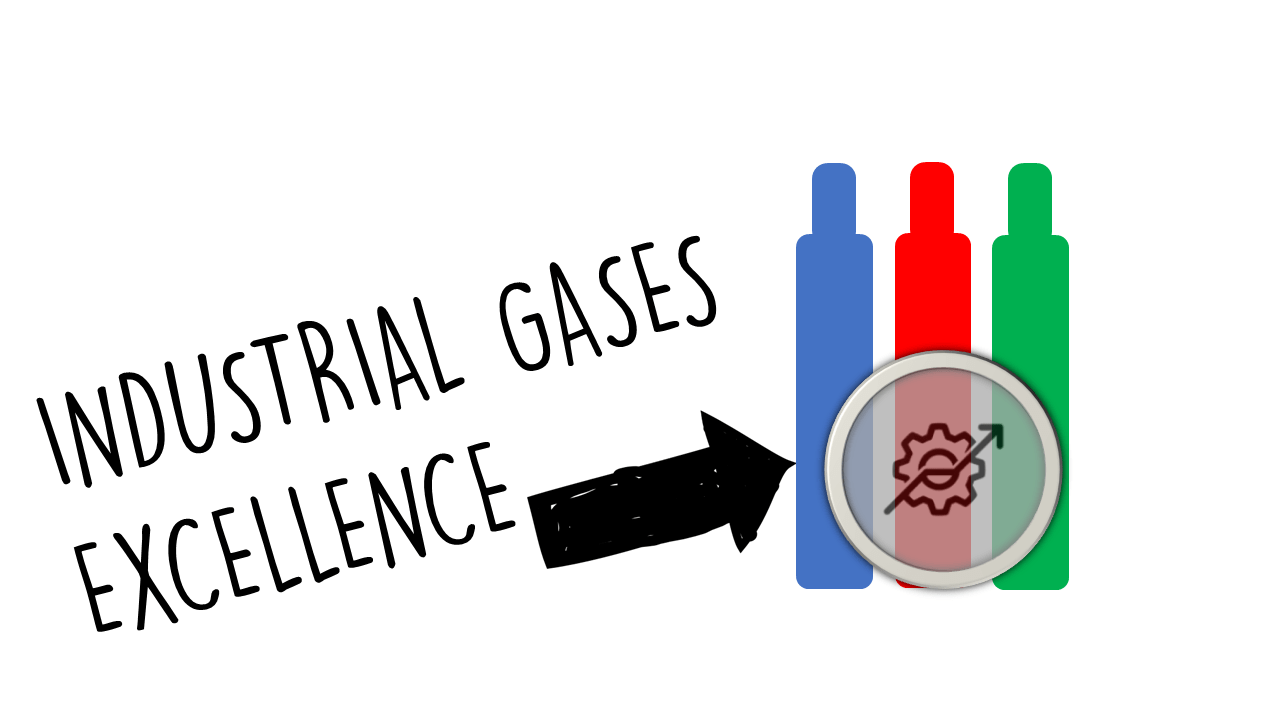Understanding and optimizing the cash flow cycle is crucial for any business, including those in the industrial gases sector. The cash flow cycle, also known as the operating cycle, refers to the time it takes a company to purchase raw materials, convert them into finished products, sell these products, and finally collect cash from customers. Let’s delve into how each component – stock, cash, purchases, sales, investments, and ROIC – plays a role in this process.
Stock
In the context of industrial gases, stock refers to the inventory of raw materials (like nitrogen, oxygen, argon), work-in-progress (partially completed goods), and finished goods (industrial gases ready for sale). Efficient inventory management is key to optimizing the cash flow cycle. Overstocking can tie up cash that could be used elsewhere in the business while understocking can lead to lost sales and dissatisfied customers. Therefore, it’s important to strike a balance by implementing just-in-time inventory systems or using forecasting techniques to predict demand.
Cash
Cash is the lifeblood of any business. It’s used for day-to-day operations, paying off debts, purchasing assets and investing in growth opportunities. In terms of the cash flow cycle, businesses should aim to shorten their cash conversion cycle – the time it takes for a company to convert its investments in inventory and other resources into cash flows from sales. This can be achieved by speeding up collection of receivables or extending payables.
Purchases
Purchases refer to the acquisition of raw materials needed for production. In industrial gases industry, this could mean buying assets as tanks, cylinders, energy, transport services, products nitrogen, oxygen or argon from suppliers. Negotiating favorable credit terms with suppliers can help optimize your cash flow by allowing you more time to sell your inventory before payment is due.
Sales
Sales are a primary source of cash inflow for a business. To optimize this aspect of your cash flow cycle, you need to ensure that your sales processes are efficient and effective. This could involve charging rent for assets, early payment discounts to encourage faster payment, implementing strict credit policies to avoid bad debts, or investing in marketing strategies to boost sales.
Investments
Investments can be a significant cash outflow for a business. However, they are often necessary for long-term growth and profitability. In the industrial gases sector, investments might include purchasing new equipment or technology to improve production efficiency. To optimize your cash flow, it’s important to carefully evaluate each investment decision and consider its potential return on investment.
ROIC (Return on Invested Capital)
ROIC is a profitability ratio that measures how effectively a company uses its capital to generate profits. A high ROIC indicates that a company is generating more profit per dollar of invested capital, which is generally a positive sign for cash flow. To optimize ROIC, businesses should focus on increasing their net income (by boosting sales or reducing costs) and efficiently managing their invested capital (by reducing working capital or optimizing asset utilization).
Conclusion
In conclusion, optimizing the cash flow cycle involves careful management of stock, cash, purchases, sales, investments and ROIC. By focusing on these areas, businesses in the industrial gases sector can improve their liquidity, profitability and long-term financial health. It’s also worth noting that every business is unique, so what works for one company may not work for another. Therefore, it’s important to regularly review and adjust your strategies based on your specific circumstances and financial goals.
